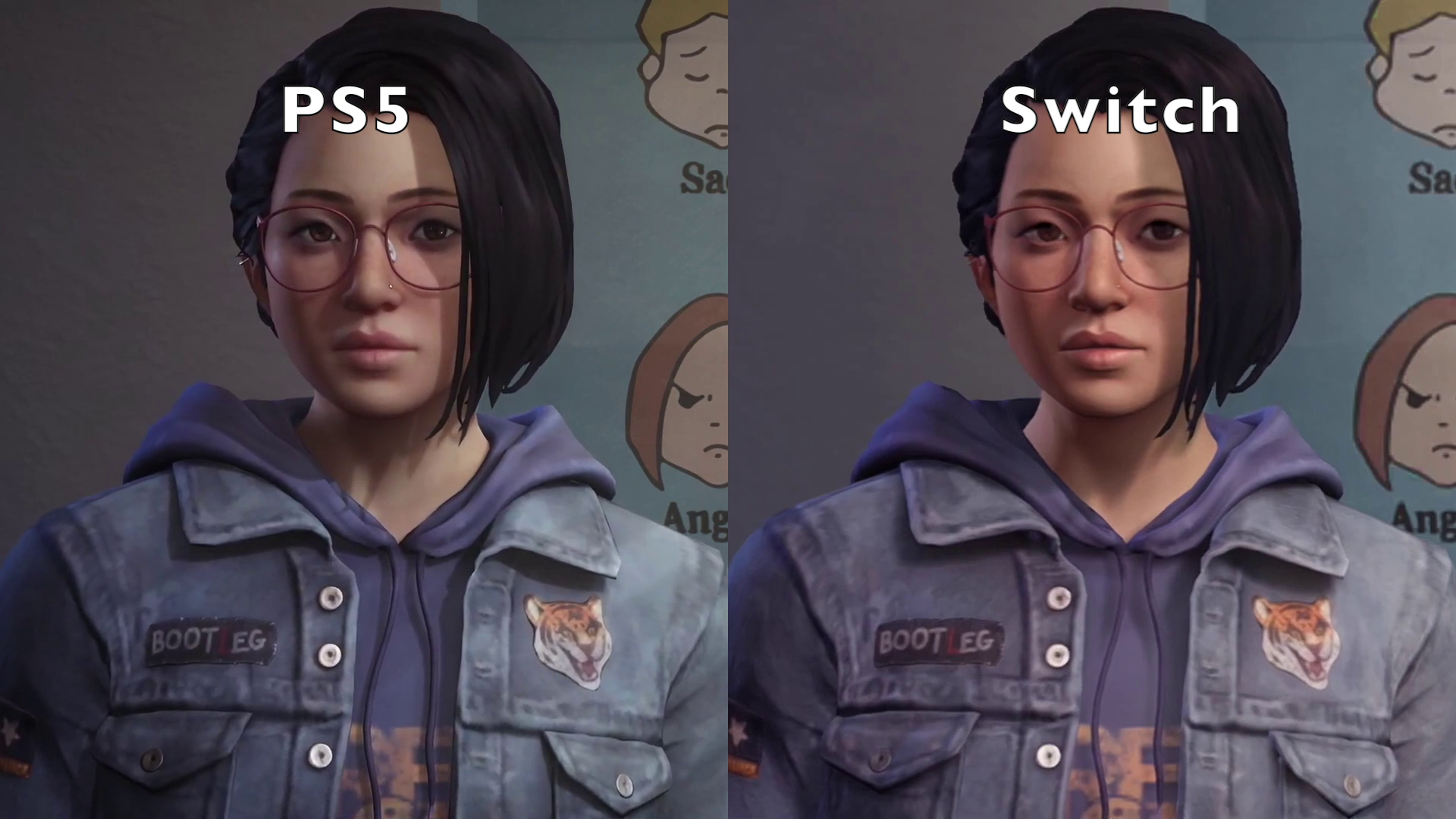| Conina said:
Nvidia buying Nintendo would be more likely. |
Agreed.
| Conina said:
If they can't have ARM, they would get ARMS. |
Lol
My 1000th post: https://gamrconnect.vgchartz.com/post.php?id=9368779
| Conina said:
Nvidia buying Nintendo would be more likely. |
Agreed.
| Conina said:
If they can't have ARM, they would get ARMS. |
Lol
My 1000th post: https://gamrconnect.vgchartz.com/post.php?id=9368779
Do you guys not think that, at this point in time, Nintendo does know pretty much what kind of tech is gonna be inside the Switch successor? I mean, even if it takes 3 years to come from today (possibility, even if I don't like that), it would be hard to believe they are yet to pick their tech path moving forward, since it would be way low a product development time for Nintendo's standards.
My 1000th post: https://gamrconnect.vgchartz.com/post.php?id=9368779
If they're including FSR in Switch Sports of all games, it stands to reason it's going to be used in other Switch games moving forwards.
With DLSS off the table for now due to the lack of dedicated hardware in the Switch, FSR is a good stopgap measure to claw back some extra performance and image quality as the systems ages.


| Rab said: Nintendo has a supply agreement with Nvidia spanning 10 years, having Nvidia hardware and enhancements like DLSS (2.0, 3.0) available gives Nintendo a significant advantage over Valve/Sony/Microsoft in the price to performance equation |
That 10 years is likely for the current Switch rather than inclusive of the successor device.
--::{PC Gaming Master Race}::--

In a deep dive into the making of the Switch port of Life is Strange: True Colours, the devs confirm it uses AMD's FSR, so the technique is already up and running in a shipped Switch game:
| curl-6 said: In a deep dive into the making of the Switch port of Life is Strange: True Colours, the devs confirm it uses AMD's FSR, so the technique is already up and running in a shipped Switch game: |
Looks pretty good imo.
They got close enough to PC.
This is what quality port work looks like.
Feels like FSR 2.0 needs a mention.
Here is a full screen shot, compairions tool, between Native 4k, FSR1 and FSR2.
Theres been huge progress, with the new FSR2.
Its much closer to being like DLSS now (in terms of image quality).
| JRPGfan said: Feels like FSR 2.0 needs a mention. |
DLSS is much more than image quality, it´s a possibility for better file compression, audio revolution, and image automation.
FSR it´s a great implementation, but Nvidia has a great groundbreaking solution in its hands.
Agente42 said:
DLSS is much more than image quality, it´s a possibility for better file compression, audio revolution, and image automation. FSR it´s a great implementation, but Nvidia has a great groundbreaking solution in its hands. |
Yes but this is a thread about FSR (1.0) running on the Switch to help it run games better.
What Im talking about is the improvement from FSR1 to FSR2 (which just got announced), is huge in image quality.
Its now temporal like nvidia did with DLSS.
And because it still doesnt require ML, it could be used on new Switch games.
(resulting in even better looking games, or ones that run much better)
| JRPGfan said: Feels like FSR 2.0 needs a mention. |
Cool; I wonder if 2.0 will be viable on the Switch.
If it is, should result in a further welcome boost to image quality and performance, especially helpful as the Switch ages.
1.0 has already shown some positive results:
